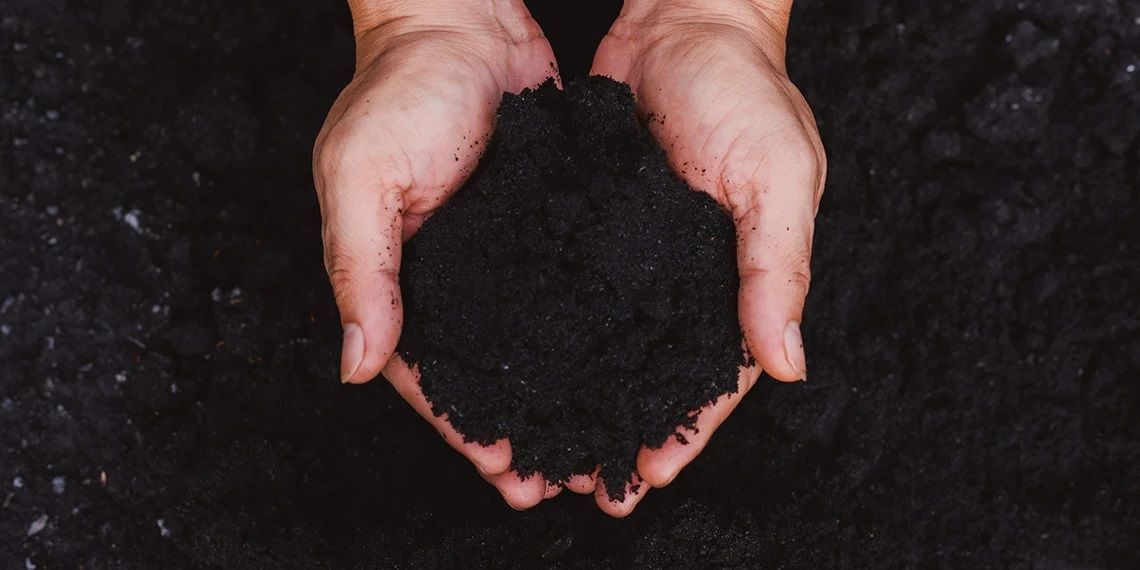Plastic Catalytic Pyrolysis Technology: A Sustainable Solution for Alternative Energy
The global reliance on plastic has surged over recent decades, culminating in an urgent need for effective waste management strategies. One such promising approach is plastic pyrolysis. This innovative technology not only addresses the mounting waste problem but also offers a pathway to alternative energy production. Plastic catalytic pyrolysis stands at the forefront of these efforts, presenting a sophisticated method to convert plastic waste into valuable resources.
Understanding Plastic Pyrolysis
Plastic pyrolysis is a thermal degradation process in the absence of oxygen, transforming plastic waste into useful products such as oil, gas, and char. Traditional pyrolysis relies on high temperatures to break down polymers, but the introduction of catalysts has significantly enhanced efficiency and product yield. Catalysts lower the energy requirement and influence the distribution of pyrolysis products, making the process more economically viable and environmentally friendly.
The Mechanics of Catalytic Pyrolysis
The catalytic aspect of plastic pyrolysis machine involves incorporating substances that facilitate the breaking of chemical bonds within the plastic polymers. Common catalysts include zeolites, silica-alumina, and various metal oxides. These catalysts not only reduce the thermal thresholds needed for pyrolysis but also steer the reaction pathways towards the formation of specific products, typically hydrocarbons with a high fuel value.
Process Overview
The plastic catalytic pyrolysis process generally follows these steps:
- Shredding and sorting of plastic waste to remove impurities and segregate based on polymer type.
- Preheating the feedstock to drive off moisture and volatile impurities.
- Introducing the plastic waste into a pyrolysis reactor where it encounters the catalyst at elevated temperatures.
- Thermal decomposition of the plastic, resulting in the production of pyrolysis oil, syngas, and char.
- Condensation of the volatile products to separate the liquid hydrocarbons from non-condensable gases.
- Collection and further refining of the pyrolysis oil and gas to produce fuels and chemicals.
Advantages of Plastic Catalytic Pyrolysis
Plastic catalytic pyrolysis offers numerous advantages over traditional waste management techniques:
Energy Recovery
This process efficiently converts plastic waste into liquid fuels, which can be used directly or refined into diesel, gasoline, and other valuable chemicals. The resulting pyrolysis oil has a high calorific value, making it a potent alternative energy source.
Environmental Benefits
By diverting plastic waste from landfills and incineration, plastic pyrolysis reduces environmental pollution. The process also emits fewer greenhouse gases compared to conventional plastic waste disposal methods.
Resource Efficiency
Utilizing catalysts in pyrolysis improves the overall efficiency of the process, producing higher yields of valuable hydrocarbons. This not only makes the technology more cost-effective but also maximizes resource recovery from plastic waste.

Challenges and Considerations
Despite its promise, plastic catalytic pyrolysis faces several challenges:
Feedstock Variability
The heterogeneity of plastic waste, comprising various polymer types and contaminants, can affect the efficiency and consistency of the pyrolysis process. Pre-sorting and cleaning are crucial to mitigate these issues but add complexity and cost to the operation.
Catalyst Deactivation
Catalysts can degrade over time due to coking and fouling, necessitating frequent regeneration or replacement. This issue impacts the long-term sustainability and economic viability of the process.
Economic Viability
While the technology has made significant strides, the initial capital investment and operational costs can be high. Achieving competitive pricing for the produced fuels relative to conventional sources remains a key challenge.
Technological Innovations and Future Directions
Ongoing research and development are focused on overcoming these challenges and enhancing the performance of plastic catalytic pyrolysis:
Advanced Catalysts
Developing more robust and efficient catalysts that resist deactivation and enhance selectivity towards desirable products is a primary focus. Innovations in nanotechnology and material science hold promise in creating next-generation catalysts.
Integrated Systems
Integrating pyrolysis with other waste treatment and energy recovery systems can improve overall efficiency and reduce costs. For example, coupling pyrolysis with gasification or utilizing waste heat from other industrial processes can enhance the sustainability of the system.
Policy and Market Support
Government policies promoting circular economy principles, along with market incentives for alternative energy and sustainable waste management, can drive the adoption of plastic pyrolysis technologies. Supportive regulations and subsidies can help offset the initial costs and spur investment in this innovative field.
Conclusion
Plastic catalytic pyrolysis represents a crucial innovation in the quest for sustainable waste management and alternative energy production. By transforming plastic waste into valuable fuels and chemicals, this technology addresses both environmental and energy challenges. Continued advancements in catalyst development, process integration, and supportive policies will be key to realizing the full potential of plastic pyrolysis. As the world grapples with mounting plastic pollution and energy demands, catalytic pyrolysis offers a promising pathway towards a more sustainable future.



